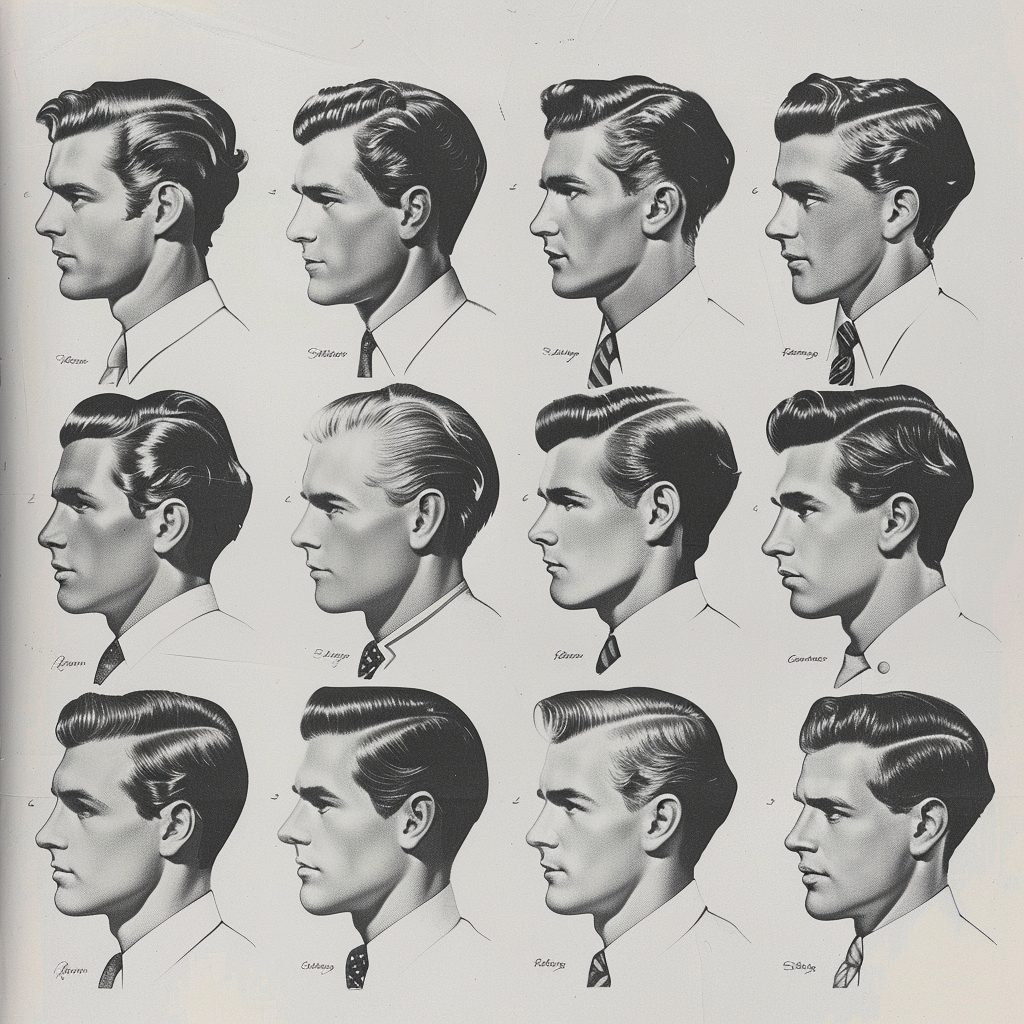This barbering sector plays a crucial position in individual care and self-maintenance. However, it is essential to emphasize the wellness and safety of both customers and stylists in this environment. Robust sanitation and protection regulations are paramount for maintaining cleanliness standards, preventing incidents, and ensuring a positive experience for everyone engaged. By adhering to these guidelines, professionals can create a safe environment that encourages confidence and ease among patrons.

One critical component of health and safety in barbering is cleanliness. Stylists must adhere to rigorous cleaning protocols, including regular cleaning of equipment and stations. This includes disinfecting scissors, clippers, and combs after every use to eliminate the risk of transmitting bacteria or infections. Moreover, barbers should use clean capes and linens for each client to maintain a sanitary environment. Applying these measures not only safeguards clients but also enhances the credibility of the grooming business.
An additional critical regulation addresses the safe management of chemicals used in styling services. Products such as coloring agents, relaxers, and other formulations try here can present hazards if not handled properly. Barbers must follow protective protocols for the containment and use of these chemicals to prevent skin irritations or allergic reactions among clients. Using protective gear and providing adequate ventilation during treatments are essential steps that barbers should take to ensure customer safety while delivering quality care.
Injury avoidance is also a key element of wellness and security regulations in grooming. Barbershops should be arranged with precaution in mind, reducing dangers such as wet surfaces or cluttered workspaces. Staff should be trained in emergency procedures, including how to handle cuts or burns that may occur during treatment. Supplying first aid kits and ensuring that all link staff members know their locations is an excellent way to prepare for unexpected incidents. By prioritizing safety measures, barbers can maintain an environment where clients feel secure and cared for.
Finally, effective communication is key to ensuring client wellbeing in the barbering profession. Stylists should consult patrons about their preferences and any possible concerns linked to the treatments provided. This involves discussing allergies to chemicals or prior negative experiences experienced by clients. By fostering open dialogue, barbers can develop trust with their clients while delivering that they get personalized attention aligned with their individual requirements. Ultimately, prioritizing health and safety regulations will lead to enhanced customer experience and a successful barbering practice.